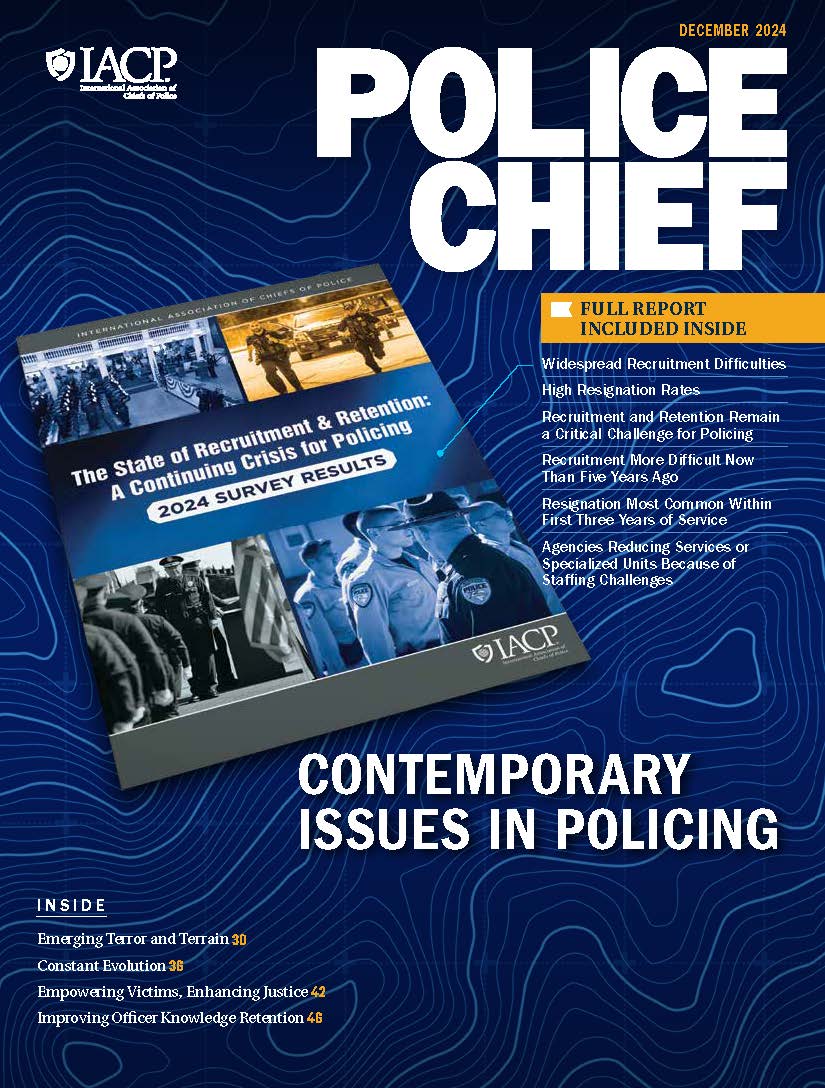
In 2012, 95 law enforcement officers made the supreme sacrifice in the United States, which is the fewest number of officers killed in at least 26 years (1987–2012).1 While reducing line-of-duty deaths is always desirable, each officer’s death still represents the needless and permanent loss of a spouse, parent, child, sibling, neighbor, and coworker.
Despite the advent of improved technologies and much clearer understandings of the risks that officers face daily, historic trends suggest that law enforcement in terms of accidental—as opposed to felonious—deaths is becoming even more treacherous, as Figure 1 depicts. While an average of 6 more law enforcement officers per year were killed accidentally than feloniously over the past 26 years (1987–2012), that annual average doubled to 13 during the past decade (2003–2012). Those officers who were killed accidentally in the decade 2003–2012 were, on average, 38 years old with 11 years’ service, data which remained virtually constant for the past two decades.2


